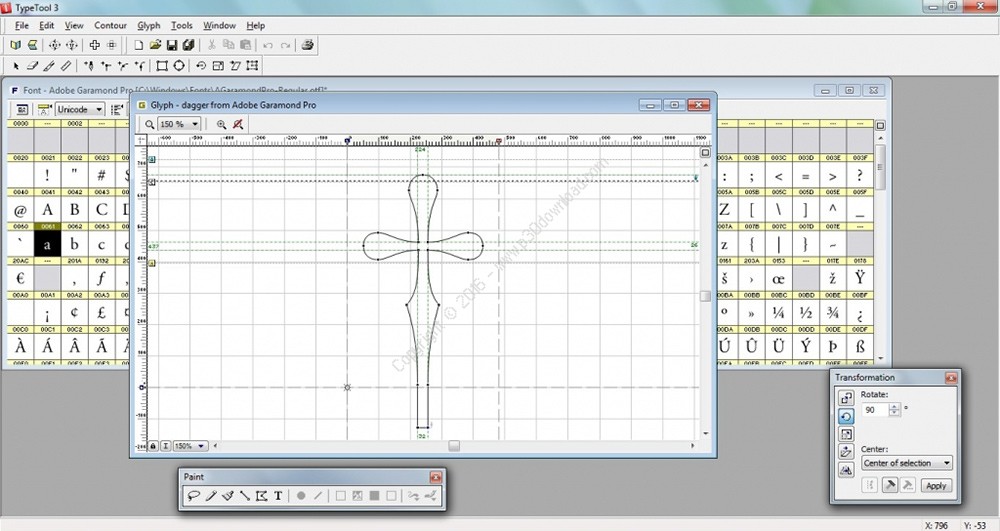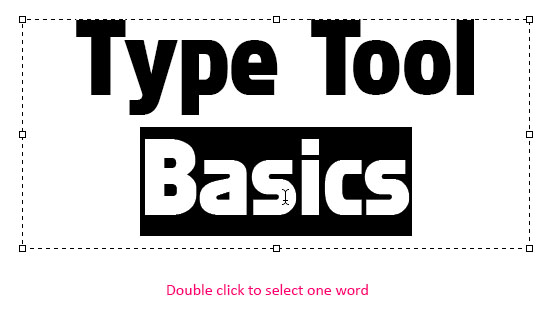


I usually line up the vector points at the left with the first line, but leave a little space between the letter and the second line so the characters don’t touch when typing, as they shouldn’t. The two lines on either side of the letter represent how much space will remain around it when you’re typing. Again, I had to try a few times to get to 800%.ĥ. Cut (or copy, but you don’t need the copy) the giant letter from the artboard and paste it into the TypeTool workspace for that letter. Right-click (or option+click)>Transform>ScaleĮnter the percentage you want to scale it up in the dialog box. Select the letter you want to scale up and duplicate it anywhere on the artboard. I’ve determined that I need to scale each of my letters up 800% (this could vary for you). To make it fit, you will need to scale it up quite a bit. When I import it–which is simply copying it from Illustrator, and then pasting it into the TypeTool workspace– it looks like this (lolthat’sreallysmall) I designed my typeface on a relatively large artboard, but it is still smaller than the workspace in TypeTool.
#Typetool trial#
To edit a letter, double click on it in the grid and a workspace will open.Ĥ. This is the trial and error part. When you make a new font, this is the grid that will appear. Merge these separate shapes so they form one complete shape by opening the Pathfinder window and selecting “Merge”. TypeTool reads vector points but not strokes and stroke weight, so you’ll want to outline the stroke and merge the resulting overlapping shapes so you have one complete shape. Once you have all your letters designed you’ll want to get them ready to import into TypeTool (or any other similar program). I made all of the letters using the pen tool.Ĭool. It’s one of the easier letters, and still looks like its traditional letterform… unlike C. That way you can copy/paste recurring lines and contours to maintain consistency and help speed up the process. *Tip: I was taught to start with the letters A, B, M, N, O, S first when designing an entire alphabet as they generally cover every stroke/shape you’ll encounter when making the rest of the letters. For the sake of this tutorial, we’ll do a cleaner typeface (rather than hand-drawn) that I’ve already designed. I always design mine in Illustrator to skip the scan/live-trace/edit steps. The actual typeface design and how you create it is up to you, but eventually it has to end up in vector format. I didn’t go into too much detail then, so I’m going to do that now!Īs a reference, here are some relevant terms used in talking about and making typefaces: Check out Threadless designer Jillian’s tutorial for creating your own font in TypeTool.Ī while back I did a short post with behind the scenes shots of how the Threadless holiday typeface was made. They’re brought to you by our very own Threadless staff designers, Alex, Jillian & Speedy Joe. Teetorials are tips and tricks for adding those special touches to your designs.


 0 kommentar(er)
0 kommentar(er)
